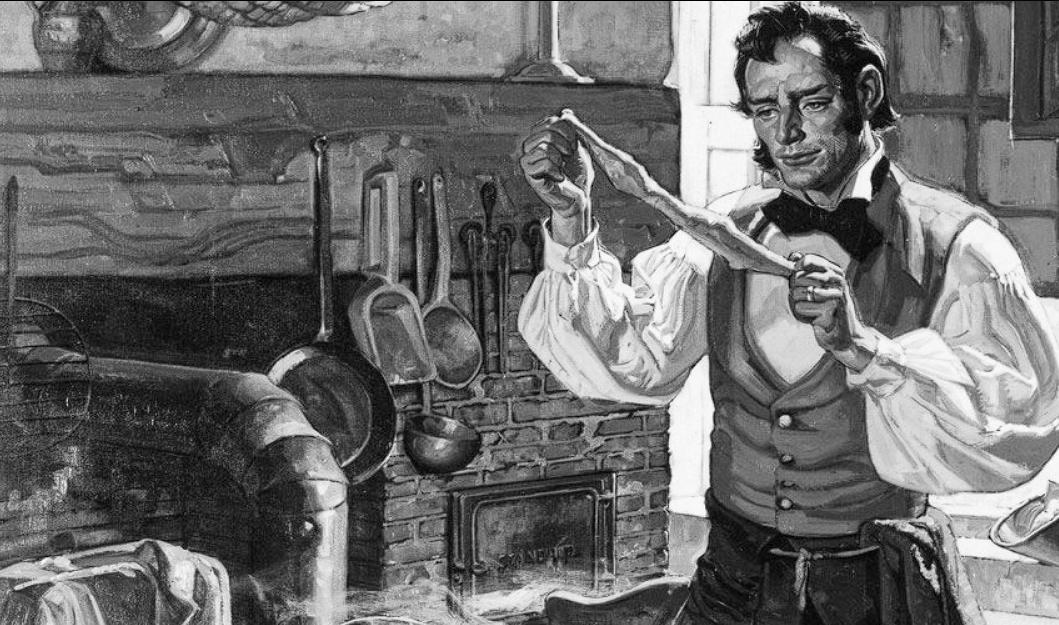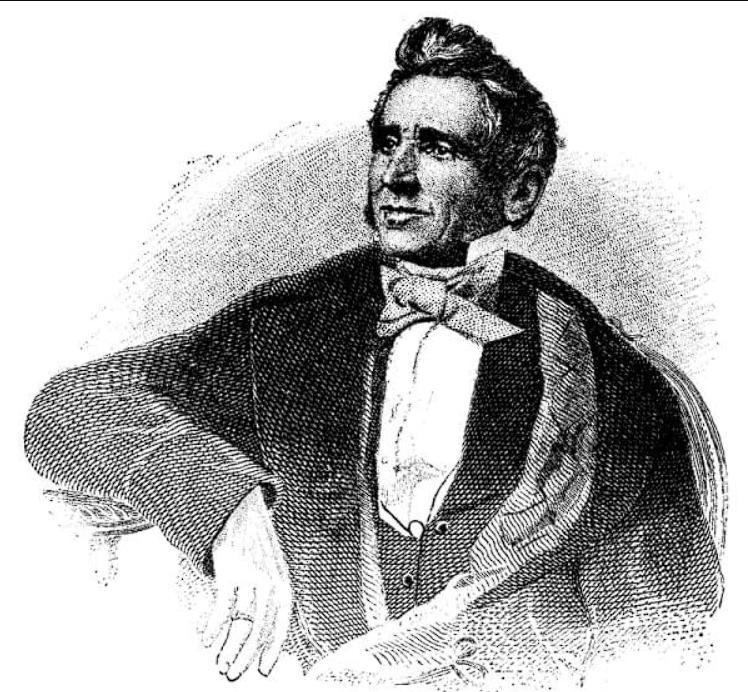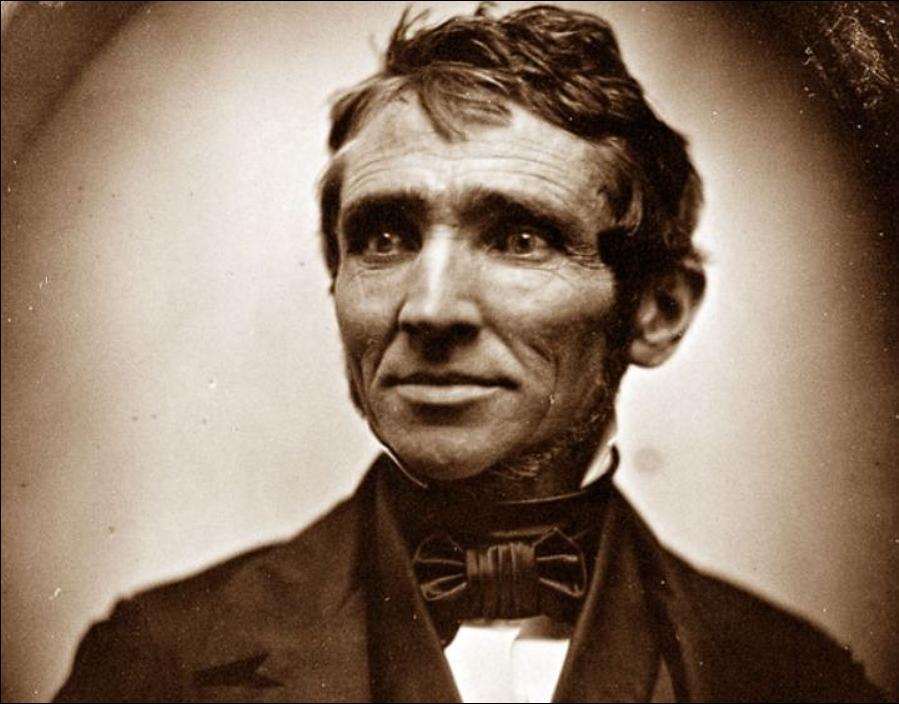Charles Goodyear’s relentless pursuit of a stable rubber compound, marked by years of tireless experimentation and a serendipitous kitchen mishap, resulted in the revolutionary process of vulcanization. Though his life was fraught with financial hardship, his discovery laid the foundation for countless industries, forever altering the landscape of material science.

The Obsessive Quest: Taming the Unstable Substance
Charles Goodyear’s unwavering determination to harness the potential of rubber, despite its inherent instability, drove him to years of relentless experimentation.
A Kitchen Laboratory: The Frustration and Determination
- In the early 19th century, rubber’s susceptibility to temperature fluctuations rendered it impractical for widespread use, a challenge Goodyear was determined to overcome.
- He spent years experimenting with various compounds, often turning his own kitchen into a makeshift laboratory, much to the exasperation of his wife, Clarissa.
- His relentless pursuit, fueled by a belief in rubber’s potential, drove him through countless failed experiments and financial setbacks.
The Serendipitous Discovery: A Kitchen Oven’s Revelation
- In 1839, a moment of accidental brilliance occurred when Goodyear, attempting to conceal a rubber and sulfur mixture from his wife, inadvertently left it in the oven.
- The next day, he discovered that the heat had transformed the rubber into a durable, elastic, and water-resistant material, a process that would become known as vulcanization.
- This accidental discovery, born from a kitchen mishap, revolutionized the rubber industry and paved the way for countless applications.
The Aftermath: A Legacy of Innovation and Financial Hardship
Despite his groundbreaking discovery, Charles Goodyear’s life was marked by financial hardship and a delayed recognition of his contribution.
A Patent Lost: The Bitter Taste of Injustice

- Goodyear’s failure to secure a timely patent allowed Thomas Hancock to claim the vulcanization process, depriving Goodyear of the financial rewards of his discovery.
- He died in 1860, burdened by debt, never fully realizing the economic potential of his revolutionary invention.
- This unfortunate turn of events highlights the challenges faced by inventors in securing their intellectual property and reaping the rewards of their innovations.
A Name Endures: Honoring the Pioneer
- In 1898, entrepreneur Frank A. Seiberling honored Goodyear’s legacy by naming his rubber company Goodyear, ensuring his name would live on.
- This act of recognition, though posthumous, served as a testament to Goodyear’s enduring impact on the rubber industry.
- The Goodyear company, a symbol of quality and innovation, stands as a lasting tribute to the man who revolutionized rubber production.
The Pneumatic Tire: A Separate Innovation
While Goodyear revolutionized the processing of rubber, the invention of the pneumatic tire is attributed to John Boyd Dunlop, a Scottish veterinarian.
Dunlop’s Invention: Cushioning the Ride
- In 1888, John Boyd Dunlop invented the air-filled rubber tire to provide a smoother ride for his son’s tricycle.
- This simple yet effective invention laid the foundation for modern tires, transforming transportation and paving the way for the automotive industry.
- Dunlop’s innovation, though distinct from Goodyear’s vulcanization process, complemented it, creating a synergy that shaped the future of transportation.
An Enduring Impact: Transforming Industries and Transportation
The discoveries of Charles Goodyear and John Boyd Dunlop, though distinct, have had a profound and lasting impact on industries and transportation worldwide.
Goodyear’s Vulcanization: A Foundation for Innovation

- Goodyear’s vulcanization process revolutionized the rubber industry, making rubber a versatile and durable material for countless applications.
- From tires and conveyor belts to hoses and seals, vulcanized rubber became an essential component of modern manufacturing.
- His discovery laid the groundwork for the development of new materials and technologies, shaping the course of industrial innovation.
Dunlop’s Pneumatic Tire: Shaping Modern Transportation
- Dunlop’s invention of the pneumatic tire transformed transportation, providing a smoother and more efficient means of travel.
- The pneumatic tire became an essential component of automobiles, bicycles, and other vehicles, revolutionizing transportation and commerce.
- His innovation paved the way for the development of modern tire technology, shaping the future of transportation.
Conclusion:
Charles Goodyear’s relentless pursuit of a stable rubber compound, culminating in the accidental discovery of vulcanization, revolutionized the rubber industry and laid the foundation for countless applications. Though his life was marked by financial hardship, his legacy endures, honored by the company that bears his name. Coupled with John Boyd Dunlop’s invention of the pneumatic tire, these innovations transformed industries and transportation, shaping the modern world.
